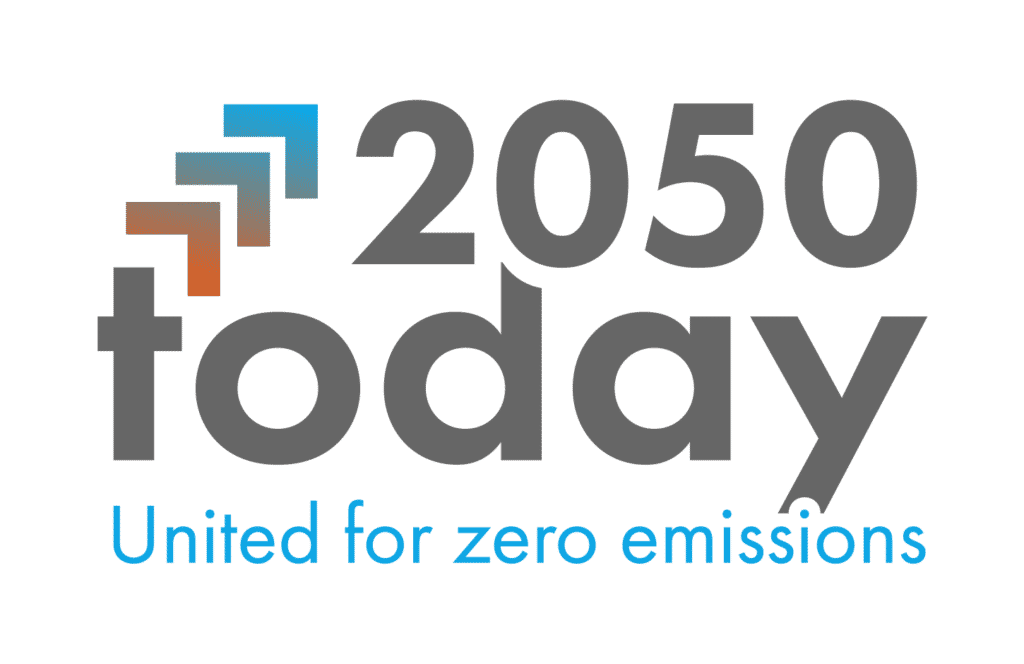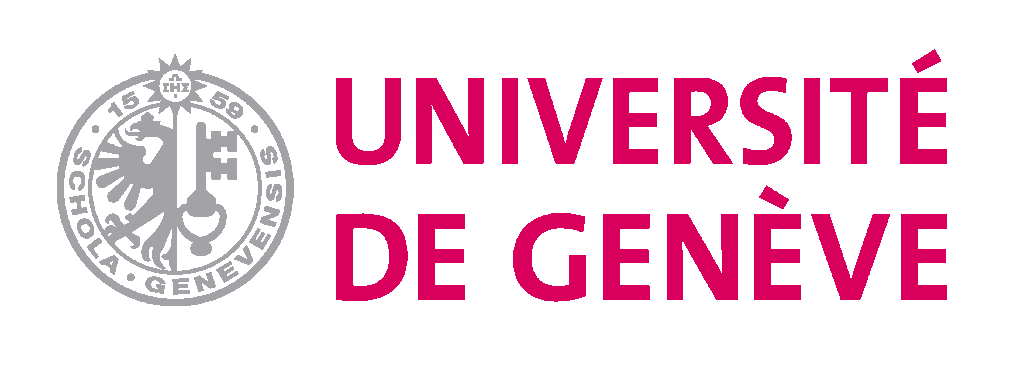Énergie et eau
L’électricité
Le périmètre de l’inventaire 2050Aujourd’hui est fixé à l’achat d’électricité du réseau (en kWh) directement par l’institution ou par l’intermédiaire de l’entité qui gère l’installation. Si l’électricité est produite (par des panneaux solaires photovoltaïques par exemple) et consommée sur place, elle est également prise en compte dans l’inventaire. Toutes les émissions provenant de l’électricité du réseau achetée et consommée par l’institution font partie du champ d’application 2. Parmi l’électricité produite et consommée sur place, les émissions provenant des installations de production combinée de chaleur et d’électricité, du pétrole et du gaz naturel font partie du champ d’application 1.
Selon le GHG Protocol, si une institution peut obtenir des données spécifiques à un produit sous la forme de garanties d’origine, de certificats, de contrats ou d’autres instruments contractuels, elle déclarera deux totaux de champ 2 pour l’inventaire global des GES : l’un basé sur le marché et l’autre basé sur l’emplacement. Afin de refléter le plus fidèlement possible la réalité physique des émissions de GES, 2050Aujourd’hui rapporte les émissions basées sur la localisation.
La méthode basée sur la localisation est calculée à l’aide de l’outil d’évaluation Horocarbon UNIGE pour mesurer le facteur d’émission moyen du réseau pour Genève.
Nous avons ensuite catégorisé l’électricité achetée au réseau en fonction de sa source. Pour l’électricité achetée à SIG, elle comprend différents types de produits tels que Electricité Vitale Bleu ou Electricité Vitale Soleil. Il peut également y avoir une part d’électricité provenant du charbon, du pétrole, du solaire ou de l’éolien. Dans cet inventaire, les institutions peuvent remplir le tableau correspondant avec des données basées sur la source de production de l’électricité qu’elles ont achetée.
La méthodologie de l’empreinte carbone de 2050Aujourd’hui ne prend en compte que la méthode basée sur la localisation, ou en d’autres termes les émissions de l’électricité du réseau. Les données spécifiques aux produits peuvent être fournies par le biais du formulaire de saisie des données à des fins d’information et référencées en conséquence, mais elles ne sont pas prises en compte dans les calculs de GES.
Chauffage et refroidissement
Pour cette catégorie, la quantité de la source d’énergie consommée pour chauffer et/ou refroidir le bâtiment de l’institution est incluse (par exemple, litres de mazout, m3 de gaz naturel, kWh d’électricité). Si l’institution bénéficie du système GeniLac, elle peut indiquer la quantité totale d’eau utilisée par le système au cours de l’année.
Si une institution achète des services de chauffage ou de refroidissement auprès d’un chauffage urbain ou d’un produit SIG, cette partie des émissions appartiendrait au champ d’application 2. Si une institution produit du chauffage ou de la climatisation sur site à partir de sources d’énergie telles que le gaz naturel ou le pétrole, cette partie des émissions appartiendrait au champ d’application 1. Nous avons également catégorisé le chauffage et le refroidissement en fonction de leur source, afin que les institutions puissent remplir le tableau correspondant avec des données basées sur la source de production.
Le périmètre de refroidissement comprend également l’utilisation de réfrigérants pour la climatisation. Si les réfrigérants, qui font partie des GES, fuient ou sont libérés directement dans l’atmosphère, cette partie des émissions fait partie du champ d’application 1. Si l’on considère la chaîne de valeur de la production de réfrigérants, elle appartient au champ d’application 3.
L’eau
Le périmètre de l’inventaire 2050Aujourd’hui est fixé à la consommation d’eau par l’institution. La méthode nécessite la collecte de données sur l’eau en m3 ou en litres. Les émissions liées à la consommation d’eau appartiennent au champ d’application 3.





